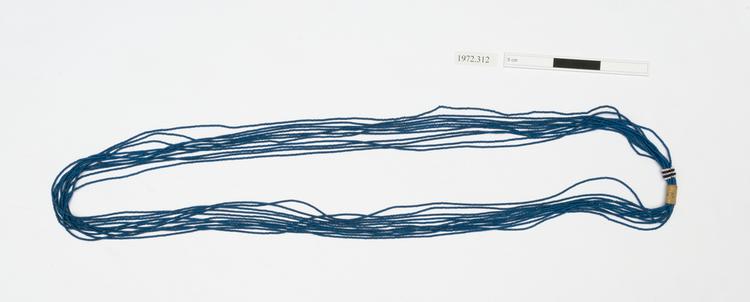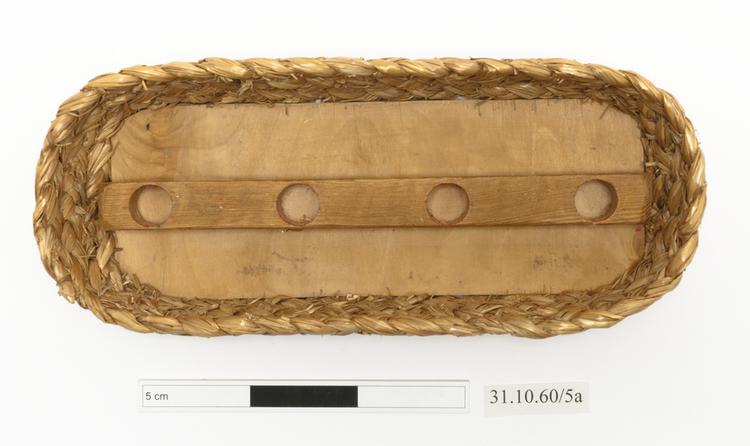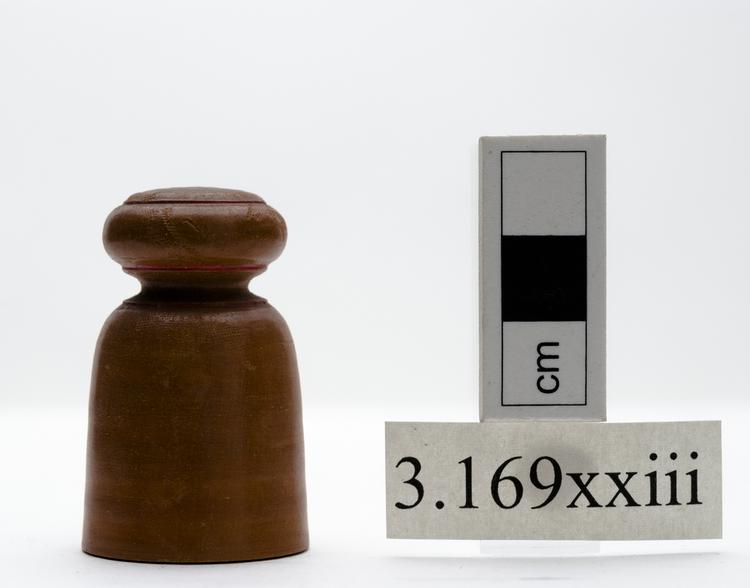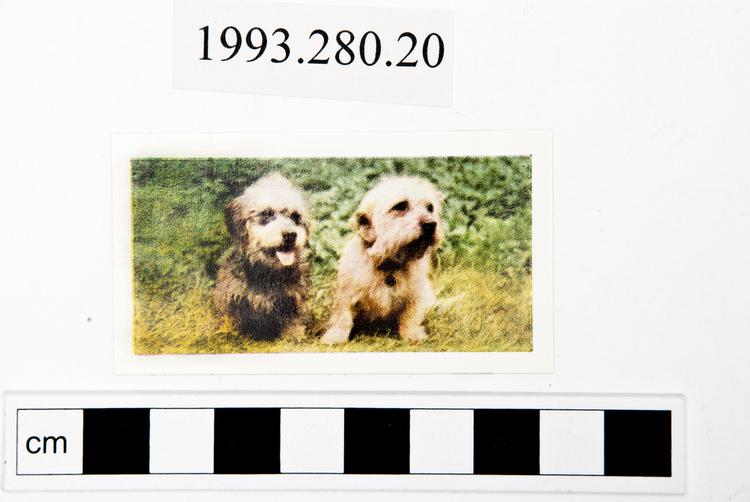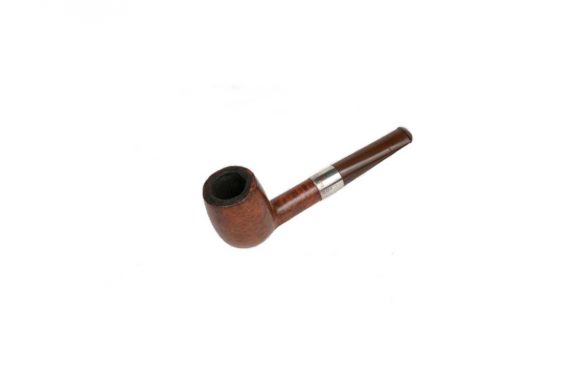
A pair of skis, one of two pairs at the Horniman which came to be associated with Captain Scott. This pair is not the one recorded by documents in the archive (ARC/HMG/CM/007/A/COLBECKW/001-002) as having been acquired by the Horniman from the then Lady Kennet (Kathleen Young, née Bruce, formerly Kathleen Scott and Lady Scott), Captain Scott's widow, in March 1938. Rather, these are the second pair, mentioned in further documents (ARC/HMG/CM/007/A/COLBECKW/013 and 043), once in connection with Louis Bernacchi, a member of Scott's first expedition (the Discovery expedition) (ARC/HMG/CM/007/A/COLBECKW/043). This pair might therefore have been given by Bernacchi, or have come into the Museum as part of the collection of 'Antarctic relics' assembled by William Colbeck and given by his son in 1938. Colbeck was a friend of Bernacchi's from the British Antarctic Expedition of 1898-1900 (the Southern Cross expedition), and commanded the Discovery Relief Expeditions of 1902-1904.
Further documents (ARC/HMG/CM/007/A/COLBECKW/003-025, 027, 029 and 034) state that they were exhibited in the South Hall, before a pair of skis were transferred to HMS Discovery, then an RNVR drill ship; they were eventually transferred along with the Discovery to Dundee Heritage Trust. The documents do not contain sufficient detail to say for sure which pair was sent to Discovery. Of the skis in the Dundee Heritage Trust collection which were acquired along with Discovery, one pair, W 79.133.69, is clearly marked as having belonged to Reginald Skelton, another member of the Discovery expedition; as it is accompanied by other objects related to Skelton, it was probably acquired as a job lot from Skelton or his family. The other pair at Dundee, W 79.133.68, is stamped 'W.C.', and is perhaps the more likely candidate to be the Horniman's skis. The 'W.C.' might conceivably stand for William Colbeck, which in turn raises the possibility that Discovery was sent the wrong pair of skis.



